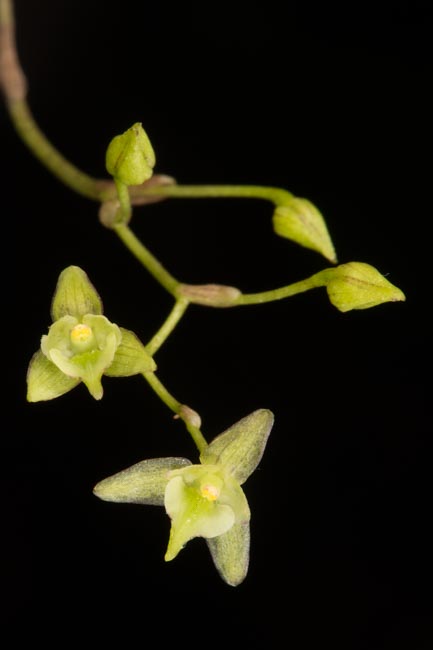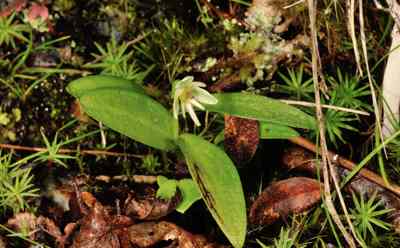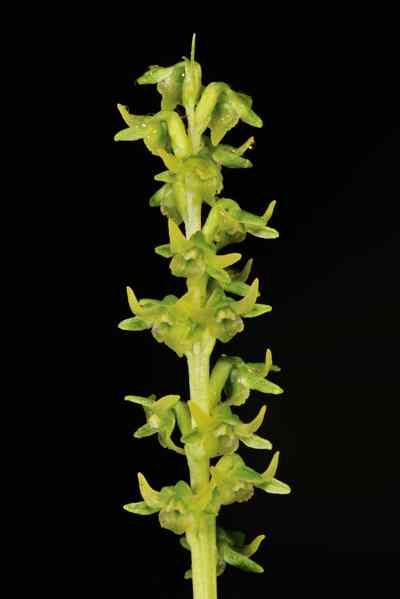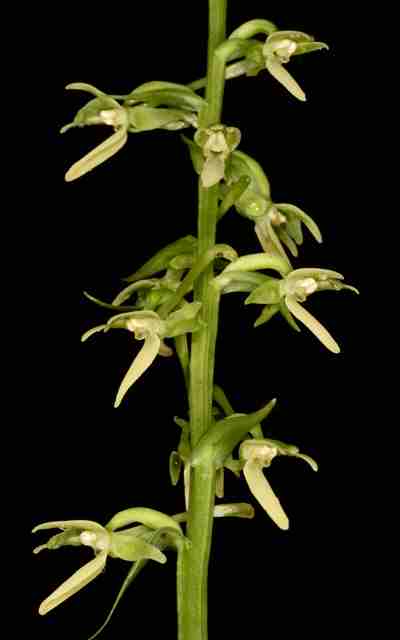
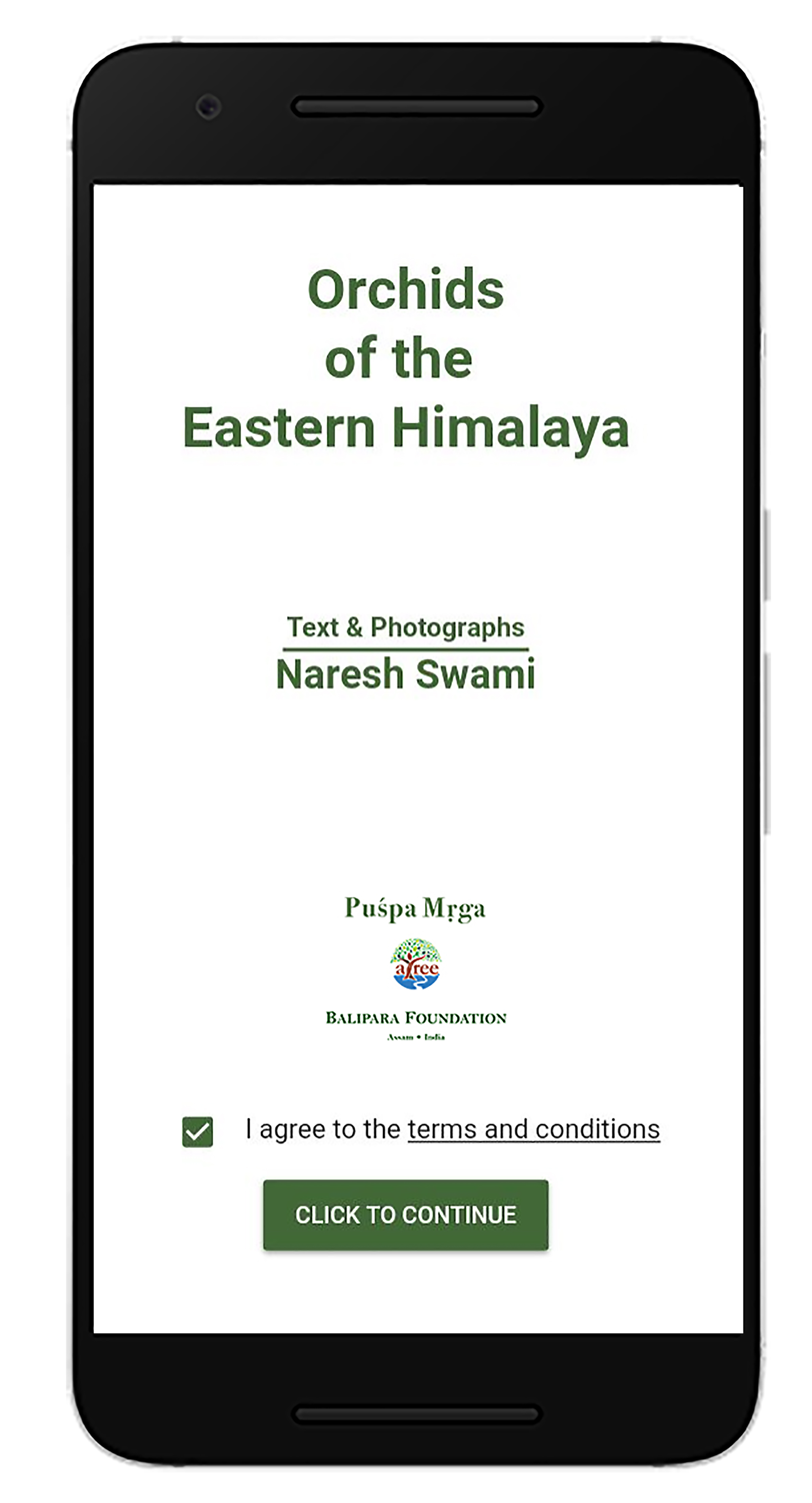
About the application
(Launch date: 4th September/2018)
My love for orchids started in 2009, during my college days. I was attracted to each find, and visited many habitats to locate more species. Even though the days of visit were restricted to around 2 months each, in the summer and early winter, I was credited with many interesting finds.
However, in those days, identifying even popular road side orchids was very difficult. The only available records to identify them were drawings made way back in 1890s and few recent books that exactly copied those drawings.
Thanks to my association with Shri Karma T. Pempahishey of Holumba, Kalimpong, I was introduced to different types of literature on orchids that turned my love towards this most fascinating plant family to a detailed research oriented study. Along with all the literature, he turned out to be the inspiration behind my change in attitude towards in-situ orchid study. His guidance led me to concentrate on the iconic book, The Orchids of the Sikkim-Himalaya by Sir George King and Robert Pantling (1898).
On completion of my college days and submission of thesis, I returned to the Himalaya only to concentrate on the above mentioned iconic book. The book describes 449 orchid species, of specimens brought from various habitats and illustrated with hand drawings. Interestingly, only a limited number of copies were made and finding an original copy is as difficult as finding many orchids described in the book.
From the mid of 2011 to the end of 2014, the days were turbulent as well as jubilant, with intense hunting for various orchid species all across the region of Sikkim-Himalaya. The turbulent days were due to new terrain, inclement weather etc., and the jubilant times were those days with finds that were not reported or seen after the publication of the iconic work of King & Pantling. By the end of 2014, after a mammoth 45,000 km on foot, the count of species I documented stood at 564, a staggering increase from the original number of 449 species described in the iconic work.
With the advent of social media, I started a page on Facebook, titled, The Orchids of the Sikkim-Himalaya, with daily uploads of each and every species that I located, with the sole intention of popularizing each species and help with proper identification. The page now has thousands of photographs and hundreds of species, members, visits etc., which help people around the world in their study of orchids, research, etc., a resource I missed in my early days of study.
Since 2015, I am in Arunachal Pradesh as an extension of my pursuit on orchids of eastern Himalaya. Unlike Sikkim-Himalaya, where I had an iconic reference book, in Arunachal Pradesh there was a void. The few books available on Orchids of Arunachal Pradesh did not enable any reference. The remoteness, lack of communication, heavy monsoons played spoilsport in the initial days of work. Later on, I overcame all difficulties and was able to work steadily and till date am able to document more than 700 species from the region.
The entire work in the eastern Himalaya till now, produced documentary evidence of more than 1000 species of orchids and the publication of two books on orchids, Terrestrial Orchids (April, 2016) and Orchids of Ziro: Arunachal Pradesh (November, 2017).
This mobile application intends to show case all the orchid species in the region of eastern Himalaya. To start with, 200 species of orchids are presented, each with detailed description, altitudinal range, blooming period, status and extended presence on the Indian side of the eastern Himalaya. Each species is with five stunning photographs. Automatic scrolling, pinch and zoom facilities on the photographs help the user to see detailed and enlarged size photographs. Several search options are also provided to locate each species with ease.
On a regular basis, this application will be updated with more species.
I wish happy orchid hunting and proper identification of each species for everyone.
Naresh Swami
naresh@naresh.org.in
www.naresh.org.in






